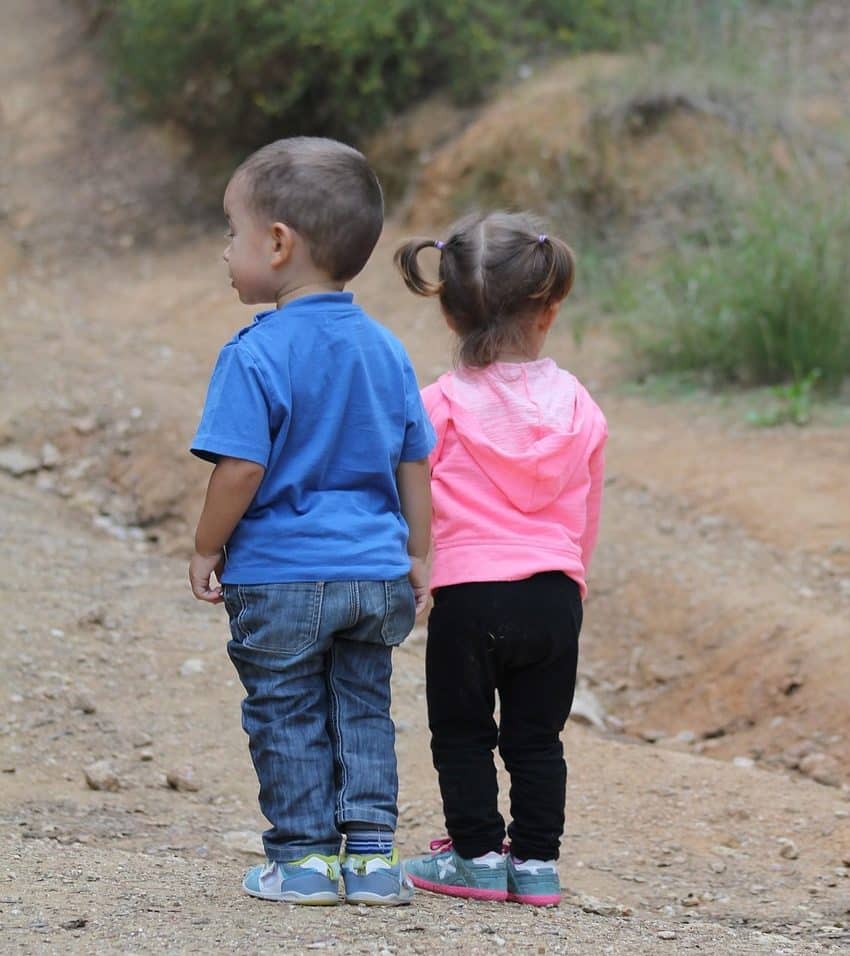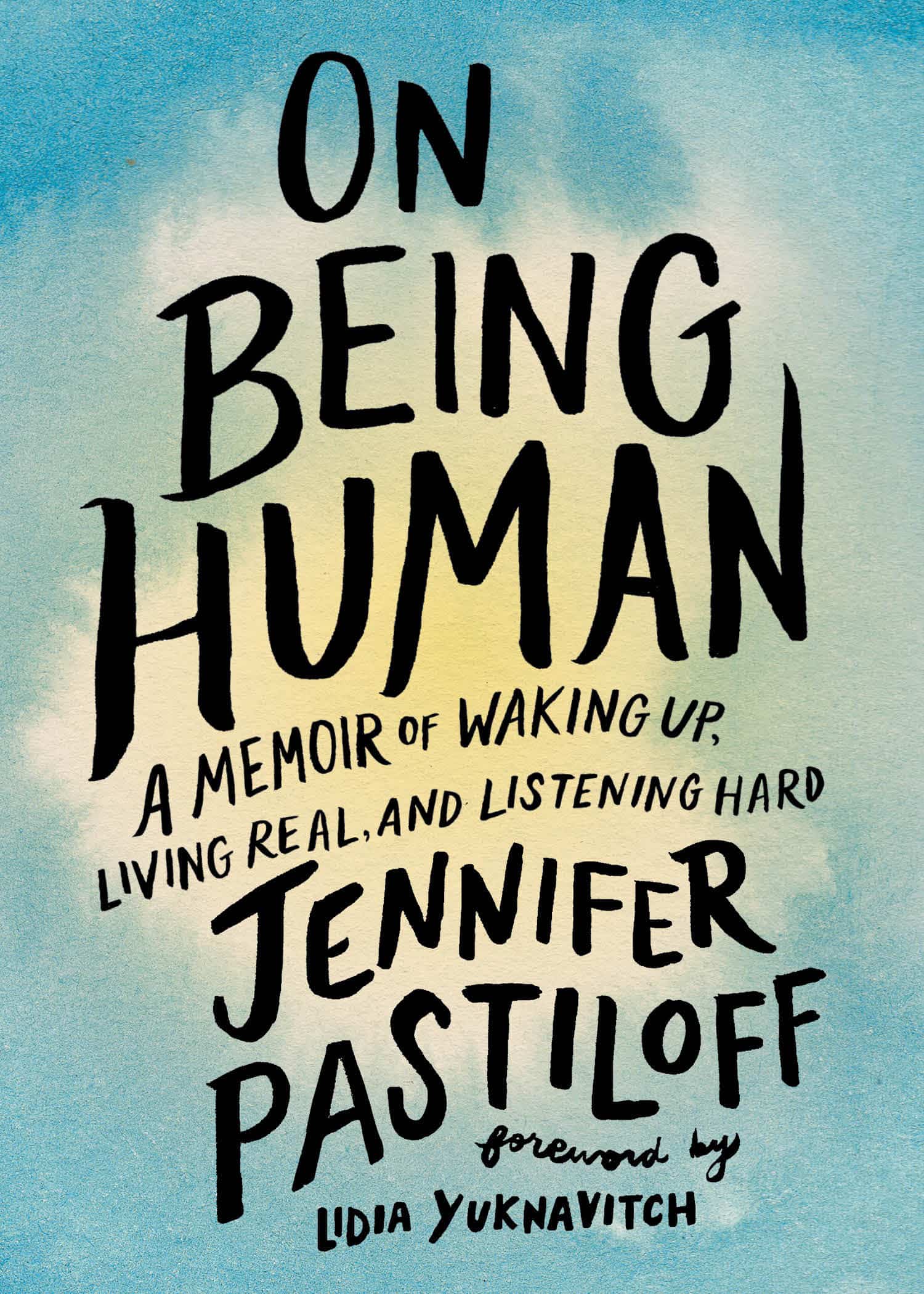By Rachel Greenley
Green is the rarest of eye colors—only two percent of the world’s population. My children had a fifty-percent chance to be born with green eyes. When the twins were born with blue, I was blue. I lie in one hospital bed. My green-eyed husband, Jim, lie in another. We were thirteen miles apart. He was undergoing total body irradiation as I gave birth, his pale hospital gown tied in the back just like mine, his own plastic hospital bracelet around his wrist just like mine.
Melanin is pigment. It makes hair, skin, eyes light or dark. Absence of melanin is a palette devoid of color—a blank slate, an empty canvas, a hollow grief. Have you seen the eyes of someone grieving? They carry a particular look—as if pain’s sharp layers could live in an iris.
Stroma is a layer of tissue in the iris. The amount of melanin or pigment in one’s stroma creates eye color. Albino eyes lack pigment. Blue eyes have a touch. More melanin leads to green. A healthy dose delivers brown. From faint to blue to green to brown. Inherited from parents’ genes.
Our children wouldn’t have inherited Jim’s eye color exactly. The chemotherapy—treatment for his leukemia—robbed him of biological fatherhood. As he had put it, “my swimmers are two-headed monsters.” So, we flexed. We chose a donor dad with a good resume and green eyes. Despite many options in the sperm bank database with brown and blue eyes, I narrowed our options to hold onto the possibility that our children could have green. To be precise, I narrowed our options to 5.6 percent of the donor database. In the pursuit of green eyes.
I wonder about my attachment to Jim’s eyes. Before I met him, when I thought of green eyes, I thought of the Afghan girl on the cover of National Geographic magazine. From a continent away, her eyes—sage and gold with a thick black limbal ring around her iris—looked at me with piercing candidness. I could hear them say, “You have no idea.” That picture shortened my breath as if I’d been caught in a lie, as if she could see the faults within me. But Jim’s eyes were not startling. His eyes were comfort. The color of dusky succulents—they could only see the good in me. He used to cast them down as he spoke—his olive-skinned lids and long lashes protecting an introverted man against an extroverted world.
When the twins came out of the womb with blue eyes, I hoped for a fade to green. But their eyes laughed back, mirroring my slate blue. Five month later, when Jim died, I wanted my children’s eyes to be green even more. I needed them to help me carry his memory—with their features, their gait, their musicality, their humor. They were oblivious to this burden I placed upon them.
Last year, I read about a company in Laguna Beach, California that medically changes eye color. The inventor of the procedure at Stroma Medical was quoted as saying, “Underneath every brown eye is a blue eye.” Stroma’s Facebook page has a banner ad of a woman with eyes as icy blue as a submerged glacier, with the words “Lighten Up!” scrawled above her. There are people from all over the world that post on this page, begging to be guinea pigs in this FDA-unapproved procedure in the pursuit of lighter eyes. There is also a pinned post on the top of the page in all caps that reads, “ALL POSTS TO THIS PAGE SHOULD BE RESPECTFUL. TROLLS AND HATERS WILL BE BANNED, AND THEIR POSTS DELETED.” Really? What did they expect?
The world I’ve brought my children into keeps catching me by surprise. While that young Afghan girl went on to spend three decades of her life at a refugee camp in Pakistan, giving birth to four children, the modern world pursues Botox and liposuction and eyes lasered from dark to light.
Was my pursuit of children with green eyes any different? I want to think so. Didn’t it make sense to choose a donor with similar physical characteristics to the husband who could no longer contribute his own genes? It was a starting point whose outcome would in no way impact the love for the resulting baby—regardless of eye color.
When my twins were third graders, I attended career day at their school. The class was restless as parents tried to create interest in our chosen professions. I shared where coffee came from and how a Costa Rican coffee tree worked an entire year to grow only one pound of rich brown coffee beans. One boy’s mom, a genetic scientist, demonstrated her work with an eye color exercise. When she asked the class to capture on paper their mother’s and father’s eye colors, small hands shot up into the air.
“I was adopted. I don’t know my parents eye color,” said one child.
“I have two moms!” said another.
“Our daddy Jim died, but we had a donor dad…” my son paused, looked at his twin sister for help, “…I don’t know his eye color.”
At that time, the grief of losing Jim was no longer jagged. It had settled into me like a thick moss that could sometimes comfort and sometimes choke.
Now, looking back at my early desire for our children to have his eyes, I know that a feature on a face cannot heal grief. It’s the daily gives and daily takes of motherhood that helped me heal—like the weight of their bodies against me when they were young. I used to sit in our sage-green glider with a tiny baby curled against each breast and rock the three of us. It’s difficult to put to words the sanity restored within me by the fluttering beneath their eyelids and the smacking of their mouths as they slept upon me. As they grew, the quirky humor they dispensed daily made my joy rise up like a peacock unfurling his feathers.
Today, my blue-eyed son walks around the house pounding out drum beats on his chest and all surfaces with his hands. My blue-eyed daughter sings as she strums the strings of her late father’s guitar. There are times in our home when music spills out from their rooms at once. Some days it’s a cacophony, a clamor, a racket. Other days, their competing sounds draw me to stand in the hallway outside of their rooms and close my own eyes. In my darkness, I listen to the past and the future.
Rachel Greenley is a Seattle-based writer. In 2018, her work has appeared in Brevity, Months To Years, Wayne Literary Review, and The Baltimore Review. Rachel’s memoir manuscript The Lake Effect: an excavation of love and loss placed third in the Pacific Northwest Writers Association 2018 Literary Contest. Connect with Rachel on Twitter at @GreenleyRachel
Jen’s book ON BEING HUMAN is available for pre-order here.






No Comments